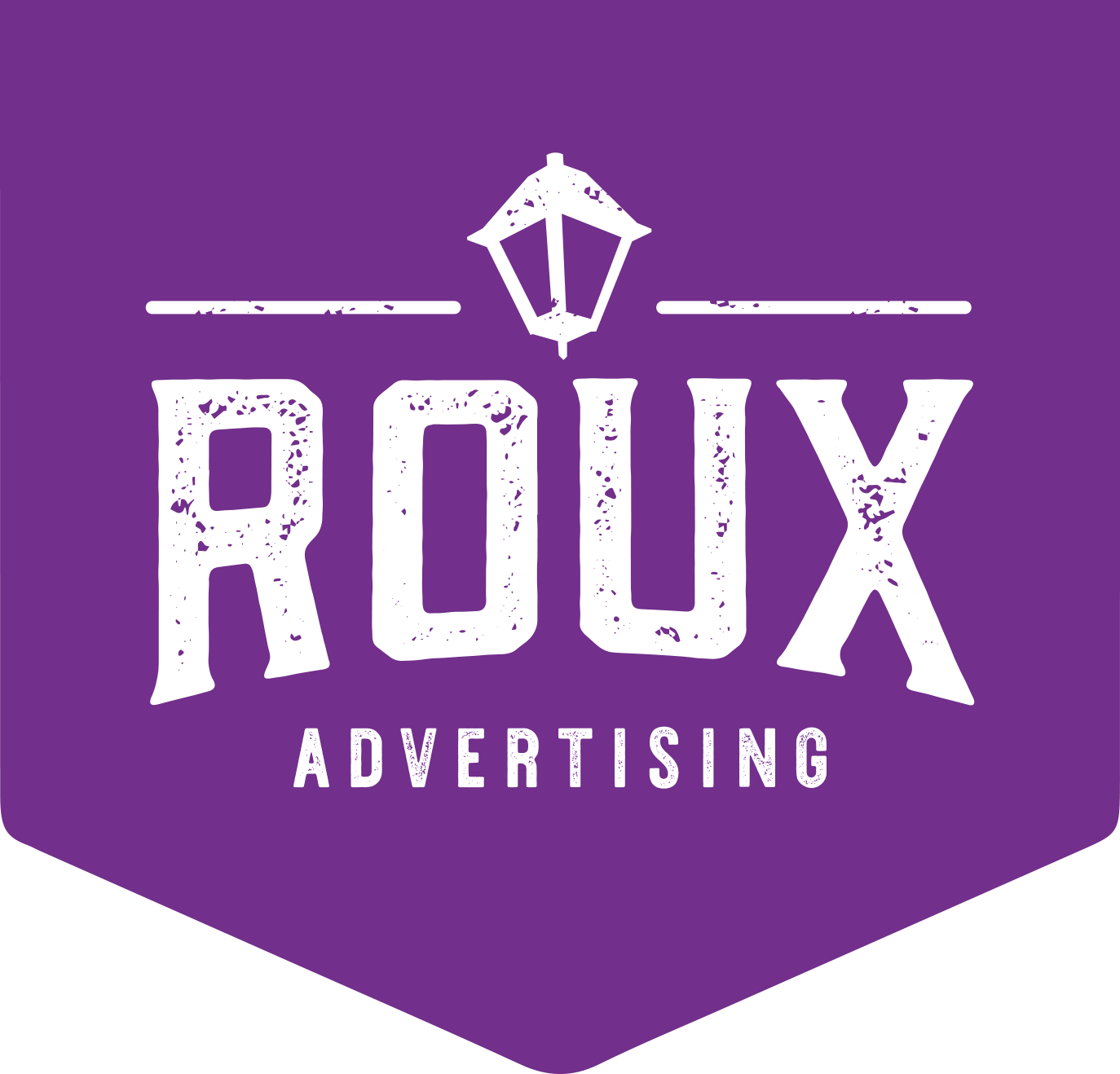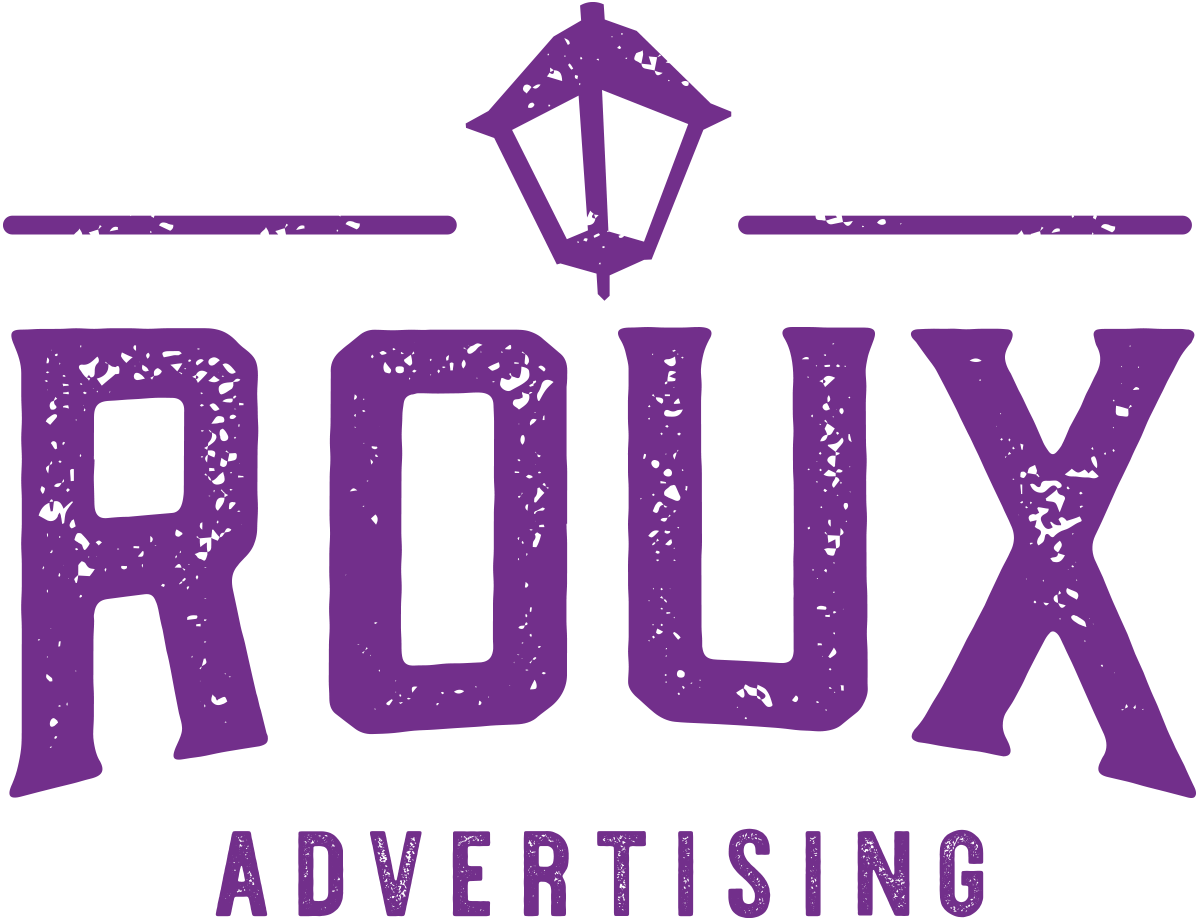The way people watch television is rapidly changing—every year the percentage of people “cutting the cord” on cable TV grows. As viewer behaviors shift, so does advertising, and this trend has led to a lot of questions around OTT advertising. Perhaps the first and most obvious question is “What exactly is OTT advertising?”
You could be forgiven for thinking “over-the-top” indicates a radically ostentatious marketing campaign. The truth is much more mundane. “Over-the-top,” or OTT, media services refer to streaming platforms like Netflix, YouTube, and Hulu that allow consumers to cut the cable cord. In some cases, viewers pay a premium for ad-free content.
The next big question that arises is “Should I be investing in OTT?” For personal injury firms, this is a question with a slightly more complex answer. While the audience for OTT advertising is rapidly growing, it’s important to note that this audience is still vastly outsized by that of broadcast television. It’s also important to note that this audience skews younger than broadcast. Who is your firm targeting? Law firms in some markets may see their callers and clients being older, while firms in other markets might have a solid base of callers and clients who skew younger in age. Such segmentation variables, along with income, play a significant role in determining if your legal marketing plans should invest in OTT.
How does it all work? Let’s dive into the pros, cons, and best practices of OTT.
Advantages of OTT Advertising
The biggest advantage of OTT is hyper-targeted marketing. Robust data paired with modern digital marketing tools allow law firms to target market subsets at a scale unimaginable within traditional television advertising. Want to target blue-collar hourly workers of a certain age within a certain zip code? Easy. With streaming services, you can get extremely granular in your targeting: zip codes, age, gender, interests, income, viewing times, etc.
Not only can you choose market subsets, but you can also choose what platforms to advertise on. At initial glance, players like Hulu, Netflix, YouTube, Crackle, Tubi, and Pluto look relatively identical. But nothing could be farther from the truth. How they’re set up and how clients use the platforms and targeting capabilities can create barriers for some audiences, while rolling out the welcome mat for others. Success comes from understanding the dynamics and functionality of each platform and how that impacts viewership.
Another advantage of OTT is that viewers cannot skip your ad. If they are midway through a program and your law firm’s ad plays, they must watch your ad before their program continues, which gives your firm their full attention. And now that you have their attention—this very specific market you’ve targeted—you can show them creative tailored just for them. For instance, deliver an ad in Spanish to your Spanish-speaking audience. Show your firm’s enthusiasm for the home team on your ad targeting sports fans streaming the game on ESPN+. You can use demographics and the platform’s audience composition to guide your creative message for greater impact.
While OTT is growing in popularity, there are still fewer advertisers here than on broadcast TV, and that could help your firm accomplish its goals, if they align with the power that OTT delivers.
Disadvantages of OTT Advertising
While a lack of advertisers on OTT as compared to TV does mean a lower cost of entry, it unfortunately comes with a higher cost per thousand (CPM). Compared to a broadcast buy, OTT can be costly to get the frequency and reach your firm needs to make a difference. This industry is highly fragmented—there are dozens of streaming apps and sites, which means you must buy deeper to reach everyone you want to reach.
Perhaps the biggest disadvantage to OTT is its limited tracking and analytics. What you can know: 1) that your ad ran and 2) that about 98 percent of viewers watched your ad in full. Generally speaking, there’s no click-through option. This is why OTT could be ideal, depending on your strategy and goals. People hear your tagline or jingle, and they see your name and face. Hopefully, they google your law firm if and when they need your services. Without analytics, there are other ways to measure effectiveness and ROI, which takes a robust analytics program and a devoted eye studying the correct KPIs for not only this tactic but for all others at play during your firm’s marketing campaign.
Another disadvantage of OTT is that you must create an ideal frequency when buying the platforms. If not, consumers will get oversaturated with your ads, which drives frustration and possibly turns them away. Due to a lack of controls in the OTT world that are present throughout the broadcast TV world, planning the correct number of impressions and sizing of audience can make or break an OTT campaign.
One final disadvantage to consider is the time it takes to launch an OTT ad campaign. Whereas one can launch a TV ad within 24 hours of completing the creative, OTT is more complex to set up, track and analyze, plus the audience acquisition rate is significantly longer than that of broadcast TV.
How Personal Injury Firms Can Best Utilize OTT
First, use what tracking you do have. There are platforms that provide tools to know if a person saw your ad and then went to your website within 30 days. A growing trend in OTT is adding intricate features to your creative that allows audiences to respond immediately, then easily interact with your brand and ultimately be driven to your site or to make a phone call.
You can—and should—also pair your OTT advertising with other digital tactics to continue engaging viewers in a very narrow-focus targeting method. Once someone sees your OTT ad, they can then be connected through other digital means (on their laptop or mobile device), making them more inclined to click-through to your site or respond to your call to action. Collectively, these continuous engagement methods are a best practice that increase trackability, brand awareness, and calls.
Another best practice is to include OTT as part of your entire media marketing mix and in conjunction with broadcast TV. This is the best way to give leverage to your OTT ads. Think of it in terms of top of the funnel (branding) and bottom of the funnel (conversion). Every tactic has a role, and OTT is no different. For law firms light on brand awareness, your marketing investment will focus on generating awareness, and OTT has a role in the media mix. For driving phone calls, the media mix will look different, possibly dramatically, and this strategy will have implications on how OTT fits in. Personal injury law is a competitive industry, and OTT can be a useful addition to your overall media strategy, depending on your brand position and needs.
Don’t forget the production conversation. While OTT has similarities to watching broadcast TV, you need to take into consideration your law firm’s audience size, the depth of platforms incorporated, and sustainability of your investment. You have options on spot length, a 15-second spot or 30-second spot, so consider the strategy, messaging, and good old-fashioned reach and frequency when writing scripts and concepts. Given the pros and cons of OTT and the role it plays in terms of branding and conversion (making the phone ring), variables such as the face of the firm, catch phrases or jingles, calls to action, and means for how to contact you are worthy of serious conversations depending on your law firm’s marketing strategy.
Finally, while OTT doesn’t refer to wild and crazy creative decisions, OTT advertising does lend itself to more groundbreaking design options. Ad spots featured on digital platforms can take advantage of interactive aspects to engage users, and hyper-targeting creates an opportunity to make your niche markets feel seen. Develop your law firm’s creative materials strategically and audiences will respond.





